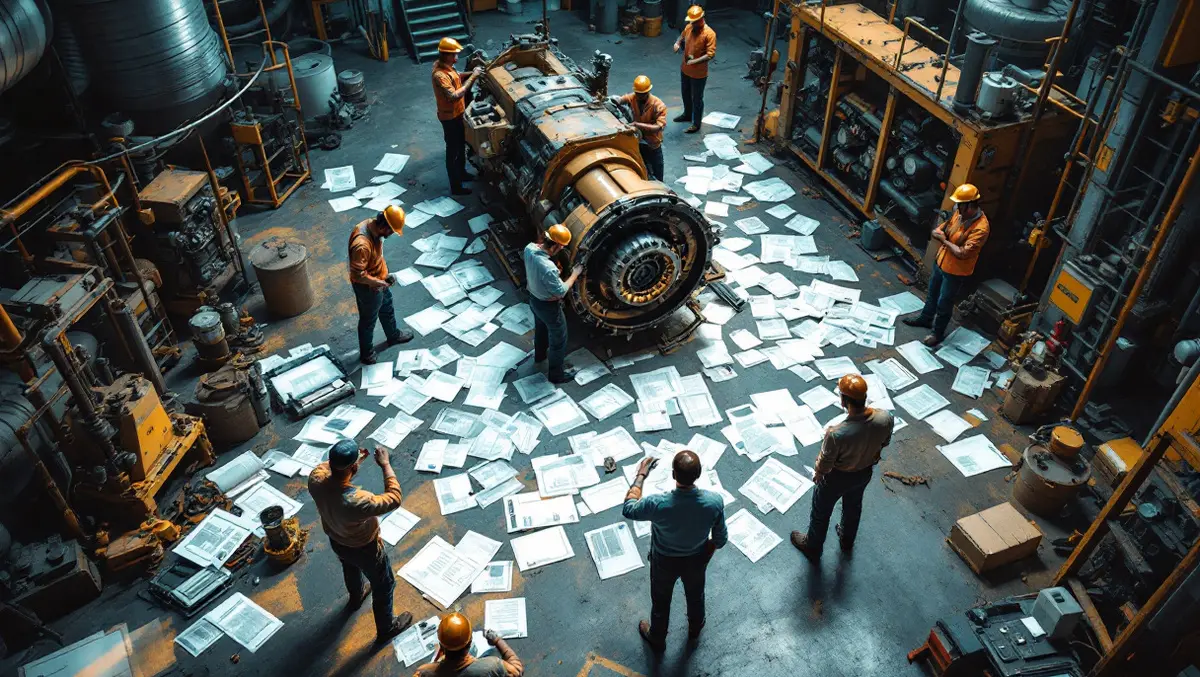
Technical documentation errors plague industrial sites
Industrial companies are reportedly operating with 30% deficiency in their technical documentation, presenting potential risks and inefficiencies, according to Samp, a company specialising in AI-powered systems for industrial sites.
Research conducted by Samp into hundreds of industrial locations indicates an annual growth in documentation errors of 1%, due largely to unrecorded changes to assets. In relatively new facilities, averaging 30 years, documentation errors can accumulate to reach a concerning 30%, according to the findings. This percentage is said to be even higher as most facilities exceed the average age threshold.
The issue was also highlighted in a recent survey among European industrial site managers. Out of 24 respondents, only one reported having over 80% "clean" data, while 12 participants estimated their clean data at 60% or below, underscoring the widespread uncertainty surrounding asset data accuracy.
Laurent Bourgouin, CEO of Samp, stated: "We have always found between 20% and 30% errors or gaps in the technical documentation of industrial facilities. These findings reinforce the scale of the documentation challenge facing industrial sites, where poor data integrity contributes to inefficiencies and operational risks."
The inaccuracies in technical documentation can result in several complications, such as increased downtime due to erroneous system mapping, higher maintenance costs associated with outdated infrastructure, and elevated risks to safety and compliance standards. Moreover, inaccurate or legacy data hampers upgrades and transformations of infrastructure.
Bourgouin elaborated on the solution that Samp offers: "Many sites don't grasp that these issues can be addressed over a weekend, with Shared Reality capturing on-site data and offering teams a comprehensive view of their facilities. It integrates technical documentation with actual site conditions, providing teams with an interactive, collaborative workspace. This rapid deployment ensures that all stakeholders, from operators, maintenance, engineering to management can work with a single, reliable source of truth. Shared Reality empowers teams to execute work safely, efficiently, and with no surprises on site, ultimately closing the data gap that many sites struggle with. It is vital if industrial sites are to succeed in their digital transformation, save costs, and ensure safety."
According to industry analyses, unplanned downtime reportedly costs manufacturers around USD $50 billion annually, with data inaccuracies playing a significant role in these costs. Samp reports that clients utilising the Shared Reality solution have experienced substantial cuts in maintenance budgets through enhanced, data-driven operations.


